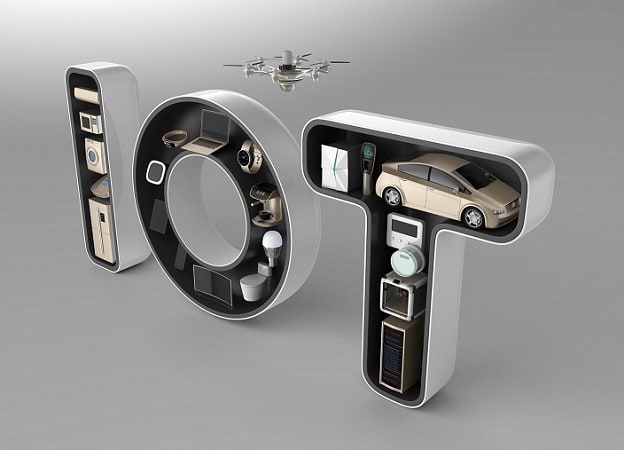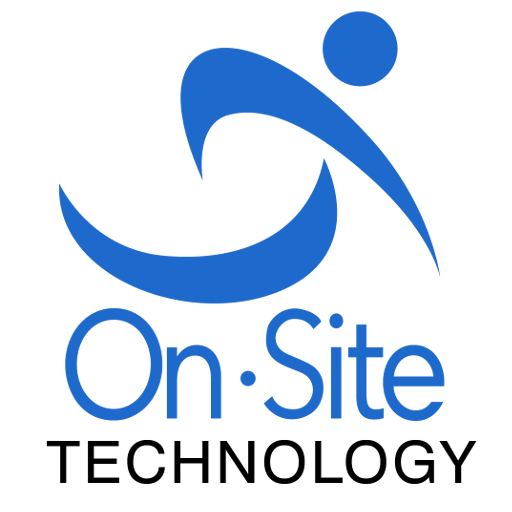
09 May The future of IoT & Big Data Analytics
There has been a rapid acceleration in data network complexities thanks to the r/evolution of IoT(Internet of Things) related devices. Thermostat’s, smoke alarms, water leak sensors, smart outlets, lighting automation, electronic door locks, and security camera’s were just the beginning. The Amazon Echo was originally created in 2014 as a voice command test platform to start testing Amazon’s voice recognition and search algorithm’s. However, over the past year, the Echo has gained traction from developers connecting various services to simplify tasks in our everyday lives. After having an ad in this years Superbowl it has exploded in popularity due to the fact it can connect and control the aforementioned IoT devices via voice commands. Simply saying out loud “Amazon, go to sleep” it can turn all your homes interior lights off, turn on exterior lights, lock all your doors, arm the alarm system, prime the sprinkler system, schedule your coffee maker to run in the morning and can even read you a bedtime story(read a book out loud that you purchased on Amazon). The Amazon echo is a bit like Jarvis for Tony Stark. Jarvis is a voice command based digital assistant to help you with everyday tasks. Unfortunately, it’s not as sophisticated just yet in being able to perform complex tasks such as calculating subatomic particles to help build a new element as depicted in Iron Man 2. It can however perform math problems by simply asking “Amazon, what is 38 X 17?”.
What does all this mean? It means that you will be hearing the term IoT a lot over the next few years. It will make the “cloud” buzzword look small in comparison. Essentially, the proliferation of the cloud is what has lead us to the revolution of IoT. The cloud has simplified resource management to speed up the innovation of the next best IoT devices. It also means there will be a flood of new and innovative IoT devices entering the market; Both from existing conglomerates and startup companies alike. It’s not just coming, its already here.
Amazon has recently teamed up with Brita and released a water pitcher that can not only automatically detect when your filter needs to be replaced but order a replacement for you. Purell will soon have a hand sanitizer dispenser that does something similar. GE washer & dryers will be able to anticipate and reorder laundry supplies. Oster has a smart pet feeder that will be able to do the same when running low on pet food. Last year, Amazon came out with Dash Button’s to spread out through your home or office for quick reordering of simple supplies such as dish soap, laundry detergent, dryer sheets, printer ink, paper, and so on. I would even go as far to say Wi-Fi enabled drones fall under being an IoT device. The list of these IoT devices available now is plentiful and will accelerate in growth throughout this year.
All of these devices require Wi-Fi access which is going to increase the data traffic on your network and clutter up your IP address space. Not only will existing networks have to be re-engineered to accommodate accepting these additional devices, but the way we plan and engineer new networks is changing too.
I can’t help but wonder what does this mean for businesses? Sure we can replace our office thermostat’s with a Nest for better temperature automation and energy savings. But that is not enough. Business owners & exec’s need an edge to keep a leg up on competition. Warehouses & distribution centers are slowly adopting network connected digital scales to track inventory in real time by just weighing the parts and calculating counts. Car manufacturers are wirelessly connecting their cars to push updates in real time or use them for service scheduling automation (and Vehicle Data Analytics too!). The finance industry is also undergoing a big shift with new business models that require analytics to stay relevant. The legal industry is also utilizing AI & big data analytics to help identify metrics, trends, patterns, and projections based on many cases that closed in the past. TBS and Intel have teamed up with a new TV show called America’s Greatest Makers which is a new series that pits competitors against each other to see who can make the next greatest IoT device.
Finally, machine learning or artificial intelligence (A.I.) will analyze the data from all of these endpoints to perform automation tasks on behalf of users. You see this already in place today with search engines such as Google. Whenever you search for something on a search engine, your keywords and searches are stored in a database that utilizes machine learning to remarket ads related to your search results. It will even go as far as remembering which products or services you clicked on just to remarket those advertisements on other Google partner sites. A real world example of combining data from IoT devices and using machine learning is Amazon’s Dash Button’s learning your usage rate for ordered products and automatically adjust how often to reorder for you.
This is just the tip of the iceberg. Companies are investing billions of dollars in building data centers worldwide to store and analyze all of this data being created. The IoT devices with real-time data feeds will compound exponentially but offer automation and tremendous time savers to increase efficiency while reducing costs.


